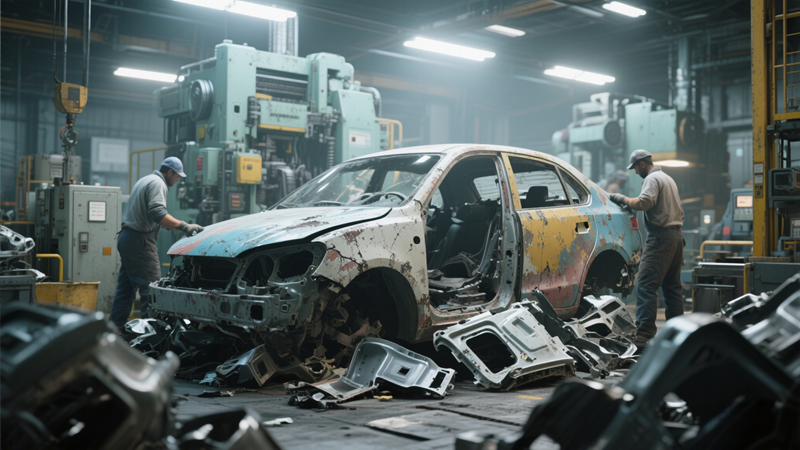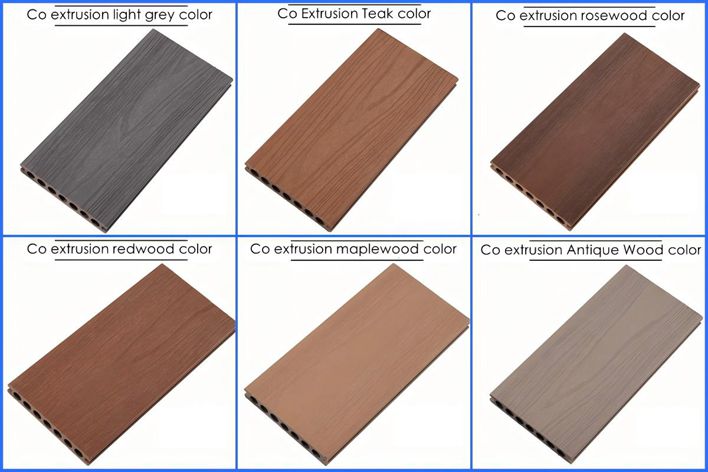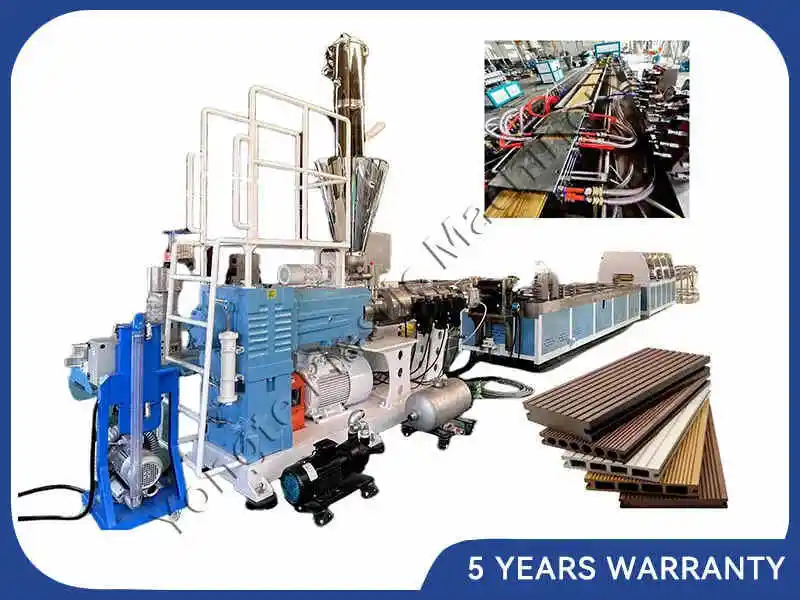Today, as the world advocates sustainable development, the treatment of waste automobile plastic parts has become an important challenge in the fields of environmental protection and economy. According to statistics from the International Automobile Recycling Association, about 80 million tons of waste automobiles are produced each year in the world, of which plastic parts account for 10%-15%, equivalent to nearly 12 million tons of waste automobile plastics each year. If landfilled, the degradation cycle of these plastics can last for hundreds or even thousands of years. Taking polyvinyl chloride (PVC) as an example, for every ton of waste automobile plastic parts containing PVC landfilled, about 0.5-1 kg of heavy metals are released into the soil each year, destroying the soil structure and polluting groundwater. According to data from the World Health Organization, about 10 million people worldwide face drinking water safety threats due to waste plastic pollution each year. Incineration is also extremely harmful. Incineration of 1 ton of chlorine-containing plastics will produce about 0.01-0.05 kg of dioxins. The global annual dioxin emissions from the incineration of waste automotive plastic parts are about 120-600 kg. At the same time, a large amount of greenhouse gases and harmful gases will be produced, exacerbating global warming and threatening human health.

Faced with the severe situation of pollution from waste automotive plastic parts, the booming wood-plastic products industry has brought new hope. According to Grand View Research, the global wood-plastic composite material market size reached US$5.3 billion in 2019 and is expected to soar to US$12.5 billion by 2027, with an annual growth rate of 11.4% during the forecast period. In China, the market size of the environmentally friendly wood-plastic materials industry increased from 19.089 billion yuan to 27.549 billion yuan from 2019 to 2023, with a compound growth rate of 7.61%. The output in 2023 reached 4.45 million tons. The total industry volume has increased nearly 300 times in the past 20 years. China has become the world's largest producer and exporter of wood-plastic products. As an important renewable resource, waste automobile plastic parts have broad application prospects in the production of wood-plastic products.

Recycling waste automobile plastic parts for the production of wood-plastic products has significant cost advantages, profit margins and environmental significance. In terms of cost and profit, although it involves multiple expenditures such as raw material procurement and equipment investment, as the production scale expands and the technology matures, the cost can be effectively controlled. Actual project data confirms its profit prospects. For example, the Jiangyuan District WPC composite materials and WPC products project produces 12,000 tons of WPC products annually, with an output value of 96 million yuan and a profit of 31 million yuan, with an average profit of about 2,583 yuan per ton; Linyi Junsen WPC's 20,000 tons of WPC materials project has an annual sales revenue of 160 million yuan and a profit of 30 million yuan, with a profit of about 1,500 yuan per ton. In terms of environmental protection, this model can effectively reduce the amount of plastic waste landfill, reduce dependence on non-renewable resources such as oil, reduce energy consumption and carbon emissions in the production process, and through scientific pretreatment and production process control, minimize secondary pollution and achieve resource recycling.

At present, WPC products produced from waste automobile plastic parts have been widely used in many fields such as architectural decoration and outdoor landscape, from outdoor floors, garden tables and chairs to wall decorative panels, covering parks, squares, interior decoration and other scenes. At the same time, from collection and transportation, pretreatment to recycling, a set of strict environmental protection standards and operating specifications have been formed. Government supervision and corporate self-inspection work together to ensure the healthy development of the industry. Recycling waste automobile plastic parts for the production of wood-plastic products is not only an inevitable choice for environmental protection, but also a new opportunity for economic development. With the continuous innovation of technology and further expansion of the market, this green industry will surely inject new impetus into global sustainable development and lead the circular economy to a new height.